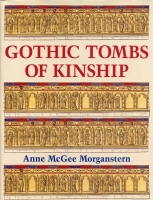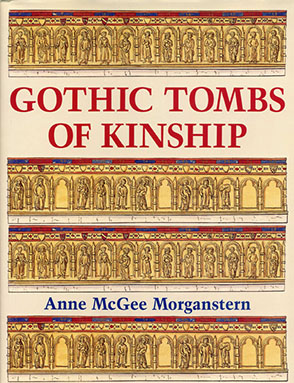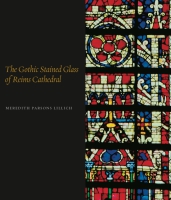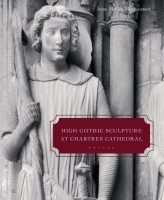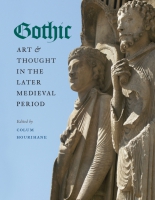Gothic Tombs of Kinship in France, the Low Countries, and England
Anne McGee Morganstern
“Gothic Tombs of Kinship is fundamental for scholars interested in the construction of dynastic power in fourteenth and fifteenth century England.”
- Description
- Reviews
- Bio
- Subjects
This book establishes the kinship tomb as an important Northern European iconographical type, equal in interest to the ceremonial tomb as a manifestation of the mentality of the late Middle Ages. It traces the development of the type from its inception in France and diffusion in the Low Countries and England until its vulgarization in prefabricated tombstones and alabaster tombs in the fifteenth century. The study demonstrates that after being imported into England in the late thirteenth century, the kinship tomb became a vehicle for Edward III's assertion of his claim to the French throne and, inspired by the king and court, the preferred type of the fourteenth-century English baron. Limited to the princes and knights and their ladies in the thirteenth century, the tomb was adopted by the minor gentry and the middle class by the late fourteenth century, with a corresponding change from an extended family program to one confined to the nuclear family.
Gothic Tombs of Kinship identifies a representative number of kinship tombs from the period and the territories that marked their apogee, deciphers their programs, and places them in their cultural context.
“Gothic Tombs of Kinship is fundamental for scholars interested in the construction of dynastic power in fourteenth and fifteenth century England.”
“Though much has been written over the years on the subject of tombs, this is an excellent resource that brings together many of the separate strands only covered in shorter articles on specific tombs, in which Morganstern has woven a well-researched argument.”
Anne McGee Morganstern is Associate Professor of the History of Art at Ohio State University.
Mailing List
Subscribe to our mailing list and be notified about new titles, journals and catalogs.
